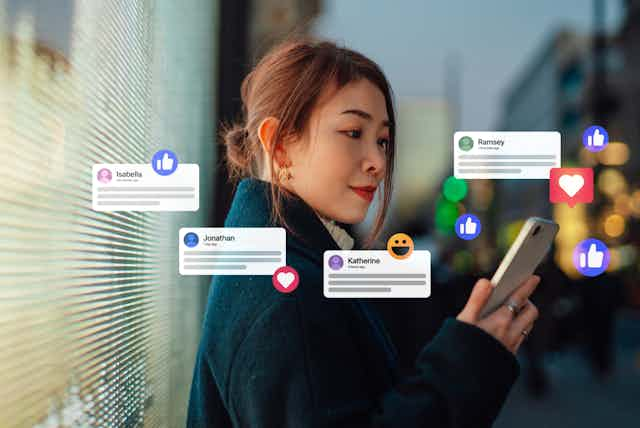Nearly half of all cancer patients[1] undergo radiation therapy as part of their care. Ionizing radiation, or the emission of high-energy waves or particles, works as a therapy by damaging a cancer cell’s DNA. It’s an effective tool for killing cancer
3 AI researchers look to the challenges ahead in 2024

2023 was an inflection point in the evolution of artificial intelligence and its role in society. The year saw the emergence of generative AI[1], which moved the technology from the shadows to center stage in the public imagination. It also saw boardroom
The curious joy of being wrong – intellectual humility means being open to new information and willing to change your mind
Mark Twain apocryphally said, “I’m in favor of progress; it’s change I don’t like.” This quote pithily underscores the human tendency to desire growth while also harboring strong resistance to the hard work that comes with it. I can certainly
From the Moon's south pole to an ice-covered ocean world, several exciting space missions are slated for launch in 2024
The year 2023 proved to be an important one for space missions, with NASA’s OSIRIS-REx mission returning a sample from an asteroid[1] and India’s Chandrayaan-3 mission exploring the lunar south pole[2], and 2024 is shaping up to be another exciting year
AI could improve your life by removing bottlenecks between what you want and what you get
Artificial intelligence is poised to upend much of society, removing human limitations inherent in many systems. One such limitation is information and logistical bottlenecks in decision-making.
Traditionally, people have been forced to reduce complex choices to
Social media drains our brains and impacts our decision making – podcast

Ever found yourself scrolling through social media late at night and accidentally buying something you regretted? In this episode of The Conversation Weekly[1] podcast, we talk to an advertising expert about recent research into how social media can overload
Do you eat with your eyes, your gut or your brain? A neuroscientist explains how to listen to your hunger during the holidays
The holiday season is upon us, and with it, opportunities to indulge in festive treats. The proverbial saying “you eat with your eyes first” seems particularly relevant at this time of year.
The science behind eating behavior, however, reveals that the